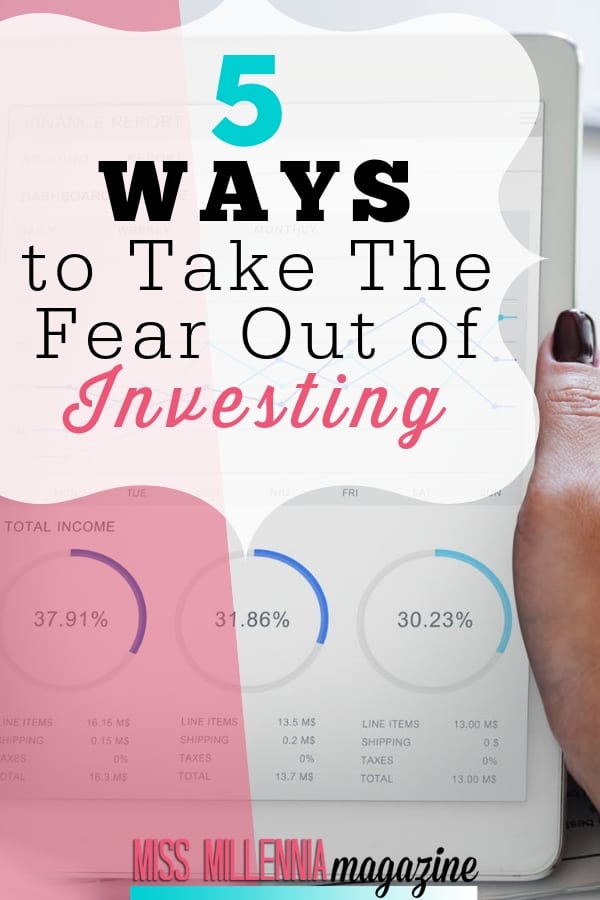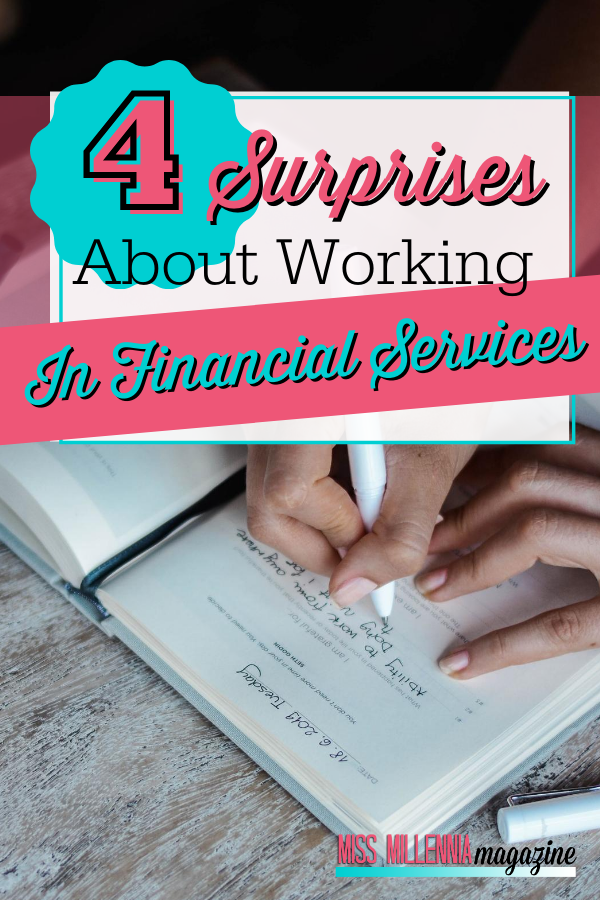5 Ways to Take The Fear Out of Investing
66% of millennials plan to rely on their savings in the next 20 years. Most are scared of taking risks after seeing the market crash of 2008.
And I get it– investing is terrifying.
Unfortunately, most millennials are also in debt, which means at the rate they are going, they won’t have enough for retirement. That’s where investing comes into play. Investing doesn’t have to be scary, though. Follow these tips to make investing work for you– the right way.
1. Go Beyond a 401k
Many people tell me, “Leisl, I am investing! I’ve got a great 401k plan, and my boss matches it.” l always tell them the same thing, “Great! That’s a fantastic starting point. What else are you doing to build your wealth?’
Why do I ask this?
Let me tell you a story.
Not too long ago, a family member approached me about investing in real estate. She had seen our success in real estate investing with our duplex and wanted to know how she could get started.
I was stunned.
This family member is in her mid-50’s, and her husband is planning on retiring from a leadership position in a prominent business in a few years. For much of his career, he had made well over $100,000 per year. It was my understanding that they were set up for life with the retirement package they were getting.
They thought they were, too.
Then they crunched the numbers and realized they would have to cut their current budget in half to be able to live off of their retirement for the next 30+ years. They are completely debt-free with a retirement plan, but they can’t afford to retire.
Unfortunately, most investments are not a get-rich-quick scheme. There is no way to plan on sticking some money into real estate or a stock today and making enough to live off of tomorrow.
Start with a 401k and then start investing in something else as well! Some employers let you take out some of your retirement as a type of no-interest loan that you pay back. This is an excellent way to start investing. Sit down with an accountant to see what you have available to invest and start today.
You don’t want to be five years away from retirement only to find out you can’t retire.
2. Set Goals
To start investing, you need to set some goals.
Figure out what you want to achieve through investing. Of course you want money, but do you want an amount each month (such as from a rental), a lump sum in the end (from selling a property or cashing out your 401k), or the flexibility of being able to cash out when it’s best for you (like cashing out on stocks, or selling when the market is high)? You can pick more than one objective.
If your goals are a monthly cash flow with the option of a lump sum, in the end, you may want to look into rental properties. Multi-family properties have a high potential for making money over the long term, and when all is said and done, you can sell the property and make money off of it that way as well.
Once you’ve decided your end goal, you need to determine your starting point. Figure out where you are going to get the money you’ll be using for investing, and how much you are willing to put into it to make the result happen. When you are investing in property, finding out an unbiased opinion on the value of your property can be a real struggle. We provide commercial property valuation.
Knowing where you are beginning and where you are going is crucial to creating a successful investment portfolio. Throughout the process, measure your progress to make sure you are still working toward your goals.
3. Leverage Assets
Saving money is a good idea, but using your savings account as a retirement plan isn’t the best idea. The money in your savings account may acquire a bit of interest, but there are plenty of other options that will compound your savings much faster. This is called leveraging your assets.
You leverage your assets when you use a little bit of money to make a lot more.
For example, you might decide you want to invest in real estate. You get an FHA loan to purchase a multi-family property and use some of your money as a downpayment. The benefit of an FHA loan is some of the down payment is allowed to be gifted if the gifter is:
– the borrower’s relative
– the borrower’s employer or labor union
– a close friend with a clearly defined and documented interest in the borrower
– a charitable organization
– a governmental agency or public entity that has a program providing homeownership assistance to low- and moderate-income families, or first-time homebuyers.
From there, you can make money on the little you put down. Let’s say you put $20,000 down on the home, and make about $600 after expenses each month. In 34 months, you will have made back the money you invested and will continue to make money each month.
Can your savings account do that?
4. Consider Risks
We already touched on the fear of entering the realm of investing, and that’s a big thing! There are risks involved in investing. Consider this, though: we don’t let that fear stop us from investing our time dating a potential mate or training for a specific job, so why let it stop us now?
As with anything, you need to weigh the risks and consider if it’s worth jumping into. We do this all the time when we decide if it’s worth humiliating ourselves to go out and share a talent or ask someone out.
Investing isn’t much different.
Less risky investments such as investing in Amazon or buying commercial real estate provide a lot of rewards, but you need more money and credentials to buy in.
Riskier investments like cryptocurrency are more affordable but have a lesser chance of making that money back.
Real estate investing falls somewhere in the middle. You initially need an adequate amount of money to invest with, have the promise of a monthly return (if you do your homework), and your asset– the property–most often increases in value.
5. Begin Today
How do you start today?
Set your investment goals based on what you think you will need to live off of when you retire. Leverage the assets you have available to you, and make sure you consider the risks. Decide that you are going to go beyond a 401k.
From there, consider your options. My husband and I chose to invest in real estate because it made sense to us. We understood it, we could do the work ourselves in the beginning, and we had the assets available. We also ran the numbers and knew that we could make some good money doing it.
If you are looking to go the same route and invest in real estate, here are a few things to look for in a great rental investment property.
- High Rental Yield: You want to make sure the market for rent in that area is stable, and there is enough demand for the property you will be renting out.
- Good Area: You could get a steal of a deal in a bad area but consider the costs that are involved with that. Consider things like repair and eviction costs and decide if it’s worth it to you.
- Great ROI: Crunch the numbers. There are several online tools that can help you with this. You’ll want to know what having that property will cost you up front and annually, and compare that to the amount of money you’ll be bringing in. A great way to gauge the Return On Investment (ROI) for a property is to calculate the Cap Rate. The Cap Rate is determined by dividing the Current Market Value by the Net Operating Income.
Investing in anything can be scary, and you’ll probably make a few mistakes! Don’t let that stop you from a financially independent future, though. Today’s the day to wake up and start investing!
Leisl Bailey is a real estate investor, blogger, and copywriter for Clever Real Estate, a St. Louis based startup that helps home sellers list and sell their home for a flat fee, with a top-rated, full-service real estate agent.











